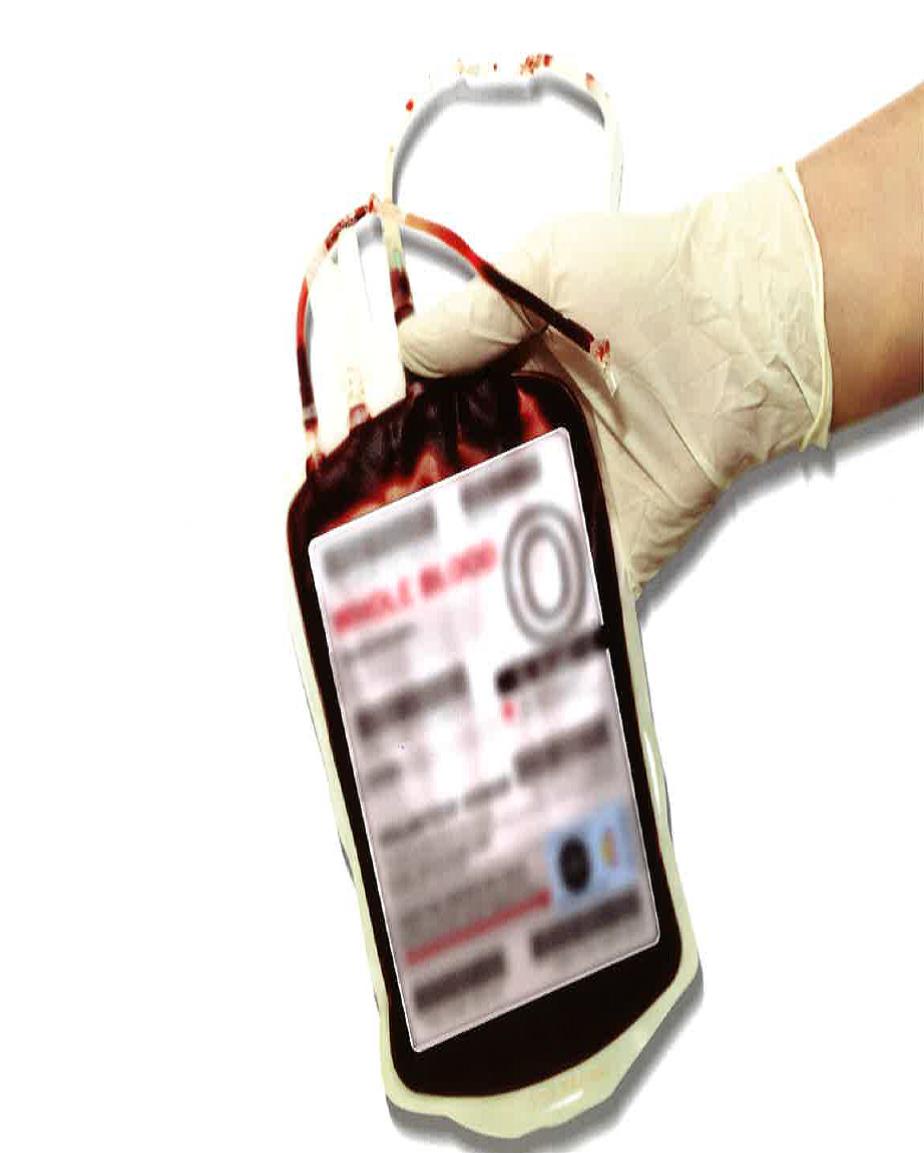Haemovigilance Programme of India
Haemovigilance is a set of surveillance procedures covering the whole transfusion chain from the collection of blood and its components to the follow-up of its recipients intended to collect and assess information on unexpected or undesirable effects resulting from the therapeutic use of labile blood products and to prevent their occurrence and recurrence. It is an important tool for improving safe blood transfusion practices in a country.
The Haemovigilance Programme of India (HvPI) was launched on 10th December, 2012 in the country. The National Coordinating Centre of this programme is at National Institute of Biologicals, Noida and it is being implemented in collaboration with Indian Pharmacopoeia Commission with the budgetary support from Pharmacovigilance Programme of India.
India has become a member of International Haemovigilance Network (IHN) in December 2014. IHN was established in the Year 2009. Presently 33 Countries are members of International Haemovigilance Network including India. NCC- NIB has participated in General Assembly IHN via webinar on 27th March 2015, wherein an update about Haemovigilance Programme was apprised to the General Assembly IHN.
Presently, 226 centres, located in Blood Banks, Medical Colleges/Institutions, Govt /Private Hospitals are enrolled under this programme. Data in transfusion reaction reporting form (TRRF) from various centres across the country enrolled under HvPI is being collected through a software, Haemo-Vigil indigenously developed by IT Division of NIB. Reporting is voluntary. Till date, 2737 Adverse Transfusion Reaction Reports have been reported by the Centres under HvPI all over the country
Awareness about the Programme, its objectives and its non- punitive implications is being generated through publications in reputed journals/ magazines & Haemovigilance Newsletters and also by organizing CMEs on HvPI in different regions of the country. NCC, NIB has organized 24 CMEs on Haemovigilance Programme of India all across the country till date & 4,800 participants trained under this CMEs. During CMEs, hands on training on Haemo-Vigil Software is also imparted to the participants w.r.t uplinking Haemovigilance Data in transfusion reaction reporting form (TRRF) via Haemo-Vigil software.
Haemovigilance is defined as 'a set of surveillance procedures covering the whole transfusion chain from the collection of blood and its components to the follow-up of its recipients i.e. from the vein of the donor to the vein of the recipient. The recipient's part i.e. Reporting of Adverse Reactions w.r.t blood transfusion in the patient was covered under HvPI with the launch of the programme on 10th December 2012 in the country. As per the roadmap of HvPI , Donor Vigilance i.e. reporting of adverse reactions associated with blood donations was to be initiated by year 2017. However, with success of HvPI it was decided to undertake Donor Vigilance activity in the year 2015.
In the view of the above, National Blood Donor Vigilance Programme (NBDVP) was launched on 14th June 2015 on World's Blood Donor Day at Science City Kolkata.
NBDVP will benefit public health system by assuring donor a feeling of being well treated and well taken Care of , which will result more likely in his/her to continue as a repeat Donor and will eventually have an Impact on National Blood Supply.





